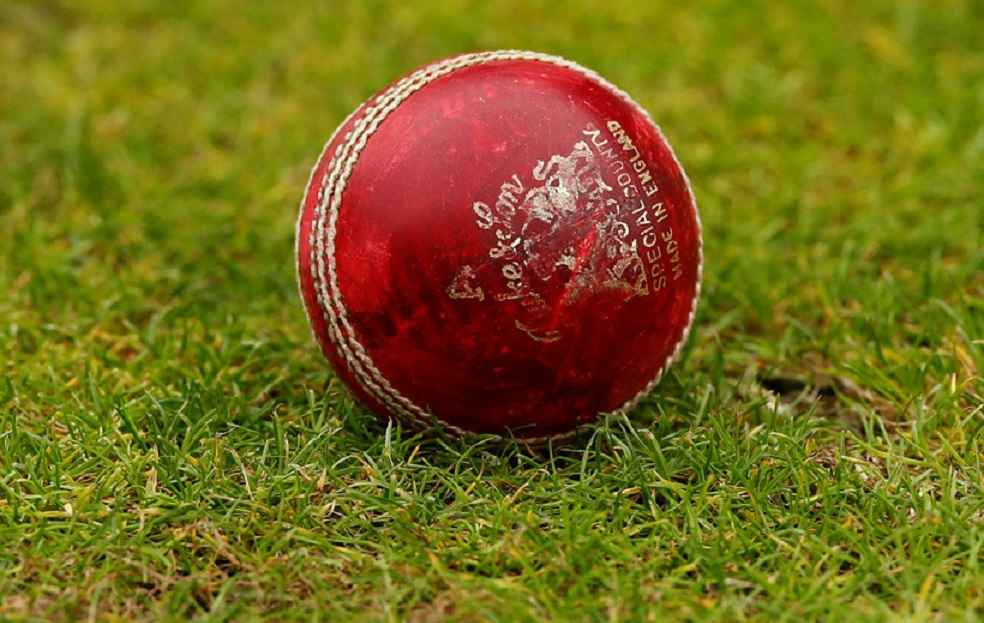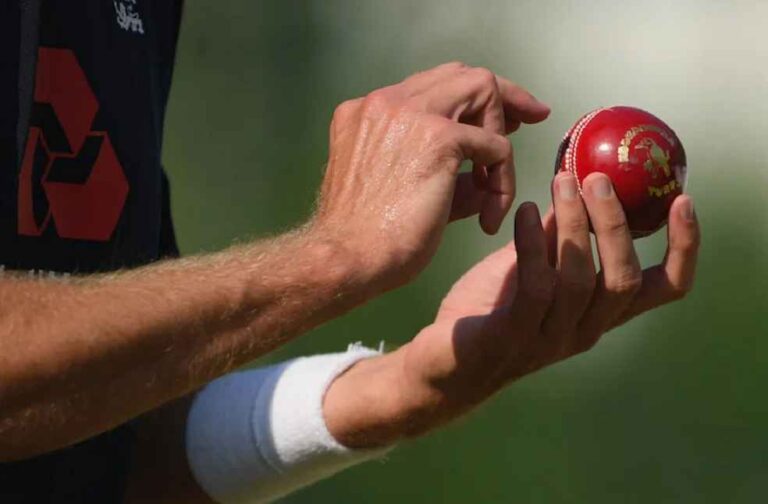Dubai, UAE: The Men’s Cricket Committee, headed by former India team cricket captain Mr. Sourav Ganguly has recommended changes to the playing conditions in the third edition of the MCC’s 2017 Code of Cricket Laws.
The findings were also shared with the Women’s Cricket Committee, who approved the recommendations.
The International Cricket Council (ICC) Men’s T20 World Cup in Australia next month will be the first major tournament which will be governed by the new rules, which will come into effect from October 1, 2022.
The ICC, the apex body for cricket across the globe, had earlier banned the use of saliva to shine the ball in view of the pandemic, with the custodian of cricket’s laws, Marylebone Cricket Club (MCC), banning its application altogether in March.
Major changes to the cricketing law made by the ICC are;
BATTERS RETURNING WHEN CAUGHT
The new rules state that, when a batter is out, the new batter comes to the striker’s end regardless of whether the batters crossed before the catch was taken.

Previously, if batters crossed before taking a catch, the non-striker would take strike on the next ball, while the new batter would be at the non-striker’s end.
INCOMING BATTER READY TO FACE THE BALL
An incoming batter will now be required to be ready to take strike within two minutes in Tests and ODIs, while the current threshold of 90 seconds in T20Is remains unchanged. Previously, the incoming batter had three minutes to take strike in ODIs and Tests but it has now been reduced.
Failing to meet the timeline, the fielding captain can appeal for timed out.
STRIKER’S RIGHT TO PLAY THE BALL
The new regulations restrict the batter from leaving the pitch to play a ball. The batter is expected to have some part of their bat or person to remain within the pitch. Should they venture beyond that, the umpire will call and signal Dead Ball.
Any ball which would force the batter to leave the pitch will also be called No ball.
UNFAIR MOVEMENT BY THE FIELDING SIDE
Any unfair and deliberate movement while the bowler is running in to bowl could now result in the umpire awarding five penalty runs to the batting side, in addition to a call of Dead Ball.

RUNNING OUT OF THE NON-STRIKER
The new playing conditions rule is moving the run out of a non-striker from “Unfair Play” to “Run Out” section.
Previously looked down as unfair play, running out a non-striker for backing up too much will now be considered as a regular run-out.
BOWLER THROWING TOWARDS STRIKER’S END BEFORE DELIVERY
Previously, a bowler who saw the batter advancing down the wicket before entering their delivery stride, could throw the ball to attempt to run out the striker. This practice will now be called a Dead ball.
Speaking on the occasion, Mr. Ganguly commended the ICC Cricket Committee members for their contribution to the recommendations.
“It was an honor chairing my first meeting of the ICC Cricket Committee. I was pleased with the productive contribution of the Committee members which resulted in key recommendations being made. I thank all members for their valuable input and suggestions.” Mr. Ganguly added.



